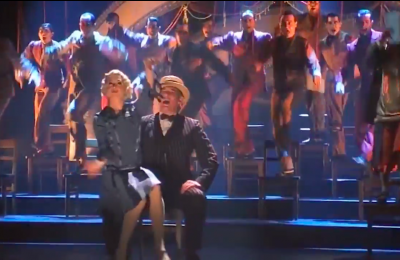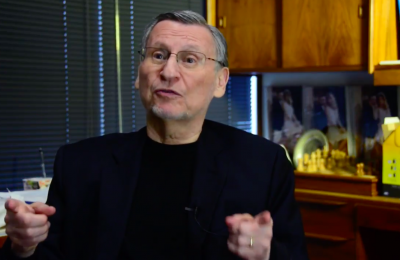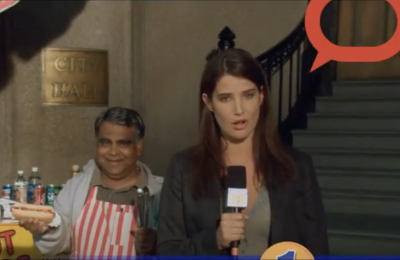
Joe
Saltzman

Joe
Saltzman
Tabs
Joe Saltzman, the director of the Image of the Journalist in Popular Culture (IJPC), is an award-winning journalist who is a professor of journalism and communication and former associate dean at USC Annenberg. He is the author of Frank Capra and the Image of the Journalist in American Film and co-author of book Heroes and Scoundrels: The Image of the Journalist in Popular Culture (University of Illinois Press, 2015) written by Matthew Ehrlich and Joe Saltzman. Saltzman was named the national Journalism and Mass Communication Teacher of the Year by the Scripps Howard Foundation in 2010. As a journalist, he won more than 50 awards for his television documentaries and news programs.
Saltzman was among the first broadcast documentarians to produce, write and report on important social issues, including Black on Black, a historic ninety-minute program with no written narration on what it is like to be an African-American in urban America in 1967, acknowledged to be the first documentary of its kind on television; Rape, a 30-minute 1970 program on the crime, the first documentary on the subject for television, which resulted in changes in California law and received the highest rating for a documentary in Los Angeles history; The Unhappy Hunting Ground, a 90-minute documentary on the urbanization of Native Americans, one of the few documentaries ever made on the subject; The Very Personal Death of Elizabeth Holt-Hartford, a 30-minute program on what is like to get old in America, The Junior High School (Part One, “Heaven Hell or Purgatory” and Part Two, “From ‘A’ to Zoo”), a two-hour program on education in America in 1970, said by one critic to be the “best documentary ever made on education in America”; and Why Me? acknowledged to be the first documentary on breast cancer in 1974 that resulted in thousands of lives being saved and advocated changes in the treatment of breast cancer in America. DVDs or Mp4 copies of the Saltzman documentaries are now available. He was also producer of one of the first news magazines on television, Ralph Story's Los Angeles.
Saltzman was a winner in the 2020 Transformative Teaching of Media and Journalism History contest receiving the Jinx Coleman Broussard Award for Excellence.
Awards and honors:
Jinx Coleman Broussard Award for Excellence in the Teaching of Media History, AEJMC convention (2020)
Outstanding Service Award, the USC Association of Trojan Leagues (2017)
National Journalism and Mass Communication Teacher of the Year, the Scripps Howard Foundation (2010)
Journalism Alumni Award, the Columbia University Graduate School of Journalism (2005)
DuPont broadcast journalism award, Columbia University (1974)
Books
Heroes and Scoundrels: The Image of the Journalist in Popular Culture, co-author (University of Illinois Press, 2015).
Frank Capra and the Image of the Journalist in American Film, author (Norman Lear Press, 2000).
Book Chapters
Journalism Ethics Goes to the Movies, chapter 5: “Deception and Undercover Journalism,” author (Rowman & Littlefield, 2008).
Journal Articles
The 21st Century Image of the Journalist in Hallmark Films, 2000–2020, author (The IJPC Journal, 2021)
The Image of the Journalist in Silent Film, 1890 to 1929, Part One: 1890 to 1919. Part Two: 1920–1929, Appendices One to Twenty-One, author (The IJPC Journal, 2018–2020)
The Image of the Public Relations Practitioner in Movies and Television,1901–2011, author (The IJPC Journal, 2011).
Courses
JOUR 201: Culture of Journalism: Past, Present and Future
JOUR 490x: Directed Research
JOUR 590: Directed Research


